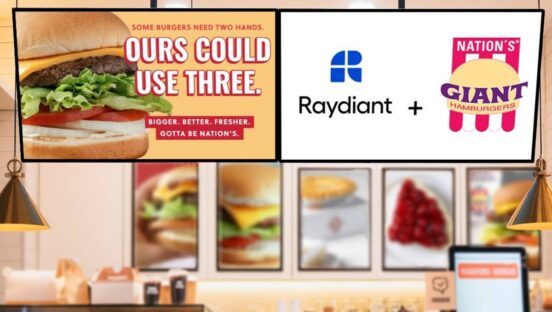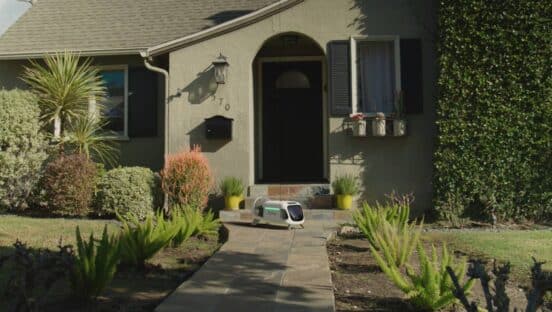Mobile leaders unpacked how COVID-19 changed roadmaps and accelerated new customer norms at the Mobile On Air digital conference in October. In a standout session, Christopher Douglas, from World Wide Technology, illuminated that the pandemic forced brick-and-mortar businesses to think like technology companies. Almost every brand speaker, from Nicole West at Chipotle to Matt Hudson at Belk, revealed mobile order-ahead is a focus for their organization.
Curbside 1.0 has gaps
Curbside 1.0 was about shipping a fast and furious MVP to meet a surge of customer demand. However, this transition was not easy. Designed to serve customers inside a store, many quick-serve restaurants and retailers faced challenges as they adapted to these new standards. 30-plus of the top 50 retailers reacted to the overnight realities of COVID-19 with a Curbside 1.0 offering, but these scrappy operations were not built to be enduring for retailers or quick-serves. These early curbside offerings consisted of customers placing an order, driving to the store or restaurant, then looking for signage with instructions in a crowded parking lot or turning on their flashers while staff attempted to fulfill the order by relying on the customer’s scheduled pickup time alone. Early iterations were built without technology at the core and these analogue systems quickly resulted in new issues.
In this journey, the following problems emerge:
- Customer wait times are too long
- Employees are not notified if customers are early or late
- Management is unable to analyze trips and make data-driven improvements
As a result, customers arriving late would be handed a cold coffee or meal, while those arriving early would need to notify staff that they’d like to verbally check-in their order. In many cases, staff is left to search outside for a car hoping the customer arrived at their selected time window.
The pandemic forced brands to offer curbside to customers quickly to promote safety and meet their needs, but this fast-growing channel has proven that it is here to stay. A study from Datassential, a foodservice research firm, revealed that 80 percent of consumers felt most comfortable and safe ordering ahead for curbside pickup as opposed to dining in.
If the goal of mobile order-ahead is to meet consumer expectations for convenient pick-up experiences, then Curbside 1.0 is falling short of its promise and long-term potential.
The future of mobile order ahead is live tracking
Curbside 2.0 is all about digitally tracking a live trip. This live tracking allows product teams to build workflows that allow customers to easily select an early check-in if they are ahead of schedule, and it allows staff to easily see customer ETAs in the event someone is running late.
With live tracking at its core, Curbside 2.0 unlocks three new capabilities:
- Customer wait time will decrease as employees are equipped with live location-based ETA information
- Employees are notified when customers are approaching and have arrived, regardless of the scheduled time
- Management has access to data of customer trips to analyze which locations need more training
Moreover, this technology empowers brands to power an efficient curbside pickup experience without demanding the need for additional staff on hand to make it happen.
Why now?
As we head into our first COVID-19 winter, mobile order-ahead and live tracking will be front and center. The kinks in Curbside 1.0 will lead to poor customer experiences, and the spotlight will shine on the quick-service restaurants that have the right infrastructure in place for live tracking with Curbside 2.0.
The pandemic accelerated curbside delivery and pickup on many quick-service restaurant roadmaps, and brands learned the importance of focusing on productizing their technology stacks to support these capabilities as they arise. The brands who emerge as leaders–like Starbucks, for example–are those that think about how they can use cutting-edge technology to improve the customer experience. Over 50 percent of quick-service restaurant IT pros say location technology will be transformative for their business, and live tracking is the way brands can transform their mobile order-ahead to meet customers’ expectations this winter.
Coby Berman is the co-founder and COO at Radar. He was previously the Director of Sales at mParticle and an Account Executive at Foursquare. He has a BA from Hamilton College.












